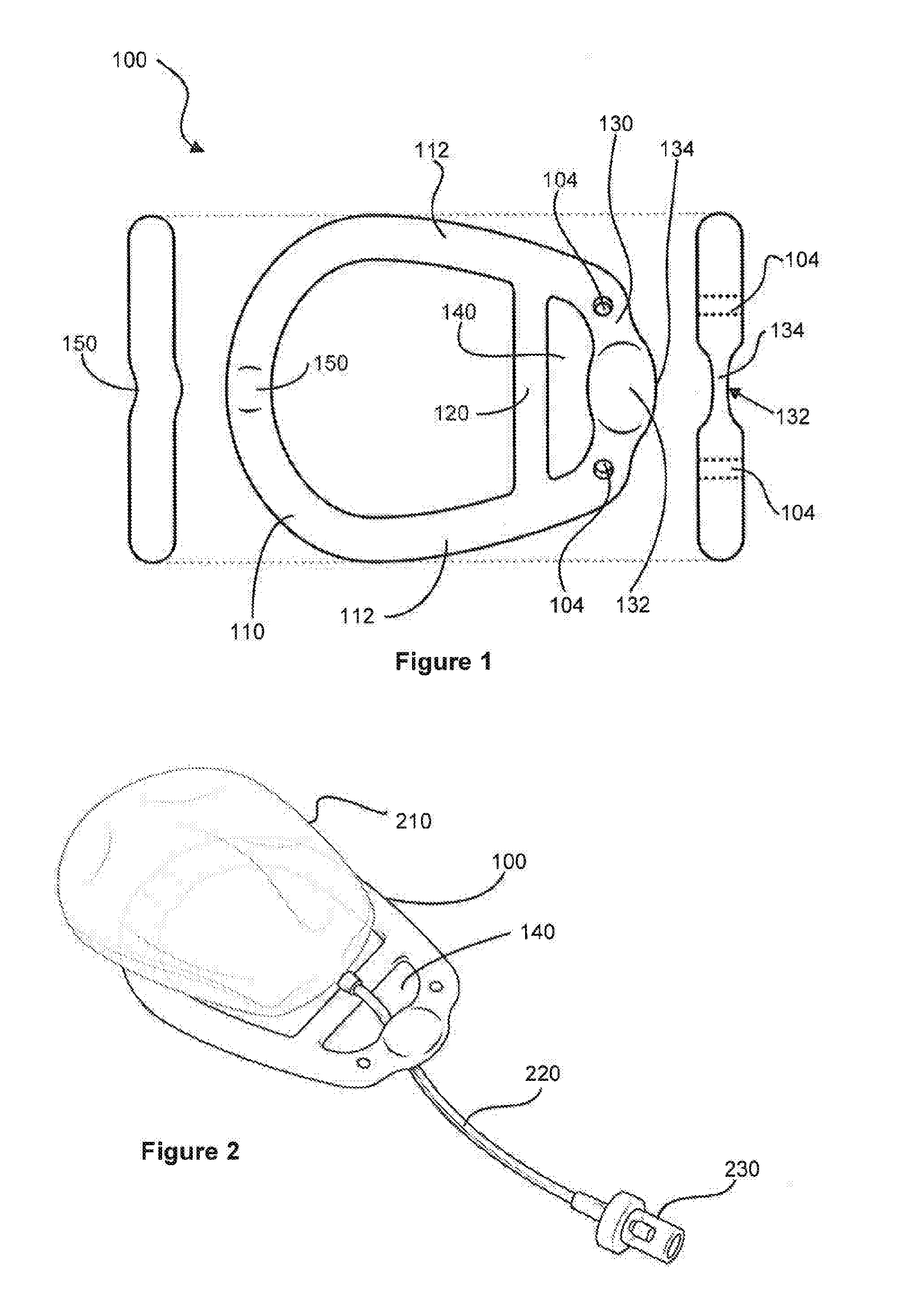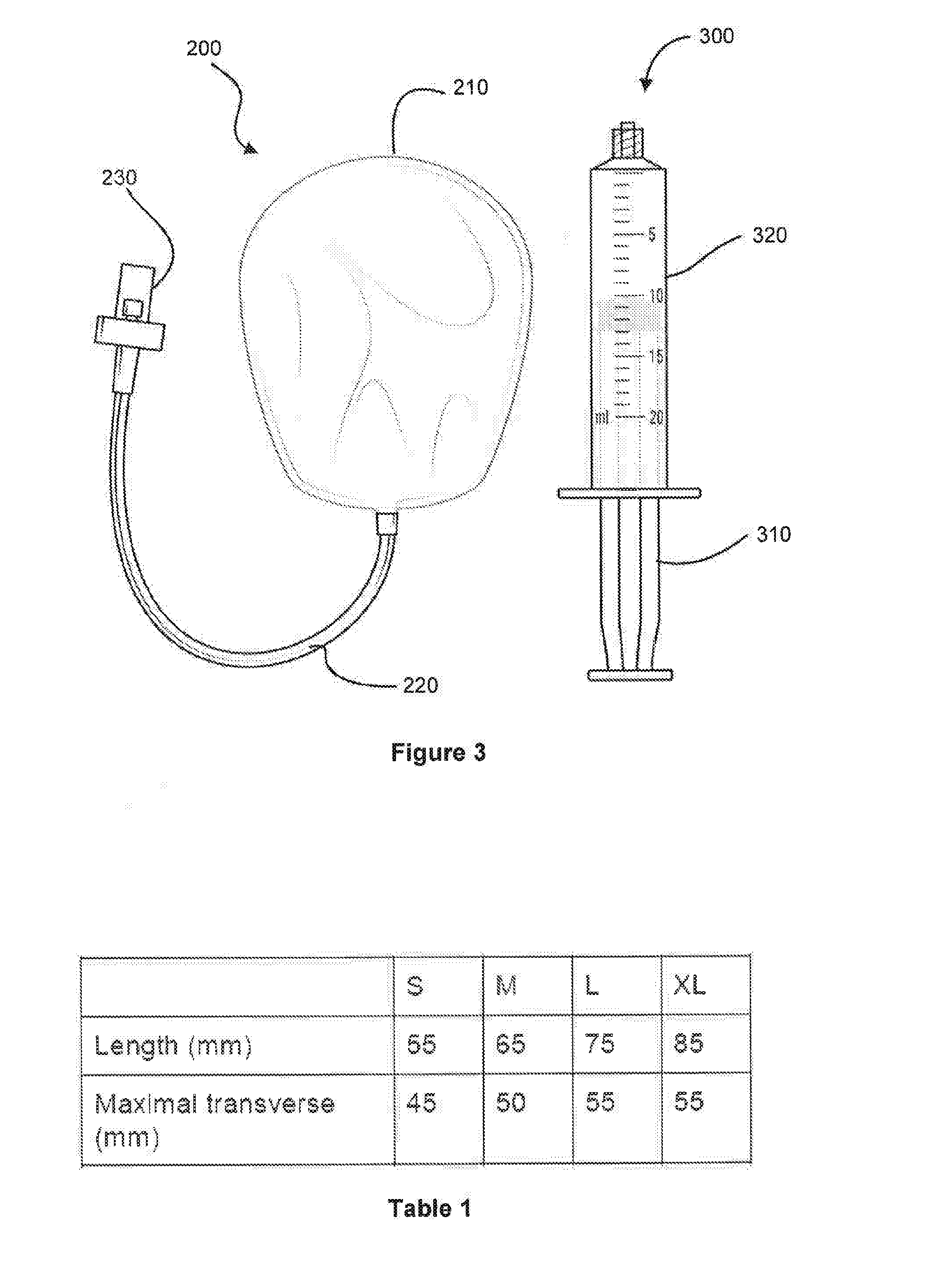Surgical vaginal support device for surgical treatment of pelvic organ prolapse
a vaginal support and pelvis technology, applied in the field of vaginal support devices, can solve the problems of recurrent prolapse, surgical failure and recurrence, and the device to splint the healing vaginal tissues has not been used or studied as an adjunct, so as to facilitate the folding of the svs device, prevent the dislocation of the device, and limit post-operative bleeding
- Summary
- Abstract
- Description
- Claims
- Application Information
AI Technical Summary
Benefits of technology
Problems solved by technology
Method used
Image
Examples
Embodiment Construction
[0029]Following conventional surgery for pelvic organ prolapse, the repaired tissues are exposed to increases in intra-abdominal pressure as the subject mobilizes, coughs, vomits, and strains with bowel evacuation. These rises in intra-abdominal pressure may adversely affect the healing of the vaginal repair and may lead to surgical failure and recurrent prolapse.
[0030]The present invention complements a new approach to surgical native tissue repair of pelvic organ prolapse and to sacral colpopexy and hysteropexy. At the completion of the surgical tissue repair phase, the inventive surgical vaginal support (SVS) device is placed into the vagina. The SVS device is used to support the healing vaginal tissues and remains in place for three to four weeks following surgery. By supporting the vagina with the SVS device for up to four weeks following surgery the risk of surgical failure and recurrent prolapse may be reduced.
[0031]An example of a SVS device according to the invention is ill...
PUM
 Login to View More
Login to View More Abstract
Description
Claims
Application Information
 Login to View More
Login to View More - R&D
- Intellectual Property
- Life Sciences
- Materials
- Tech Scout
- Unparalleled Data Quality
- Higher Quality Content
- 60% Fewer Hallucinations
Browse by: Latest US Patents, China's latest patents, Technical Efficacy Thesaurus, Application Domain, Technology Topic, Popular Technical Reports.
© 2025 PatSnap. All rights reserved.Legal|Privacy policy|Modern Slavery Act Transparency Statement|Sitemap|About US| Contact US: help@patsnap.com



